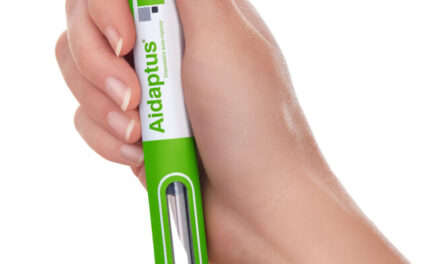Piezoceramic materials are commonly used in actuation and sensing applications across a variety of markets and are key to some of the leading-edge technologies now used in the medical sector. From laboratory diagnostics and microdosing to ultrasonics and even tartar removal from teeth, medical technologies require components that are fast, reliable and energy saving. Piezoceramics combine these characteristics, giving much higher accuracy and precision – and requiring less power – compared to traditional mechanical actuators and sensors, and are friction free, so are less susceptible to wear and tear, keeping costs down to a minimum. They do not create and are not affected by magnetic fields, and work reliably under extreme conditions, for example under cryogenic temperatures and in vacuums, making them easily adaptable to different environments for such diverse functions as non-destructive testing, therapy and imaging.
Many of the medical applications for piezoceramics deal with controlled flow of liquids in micropipetting applications, taking advantage of the incredible speed and accuracy that they offer down to the micrometre level. Devices are getting more compact as we try to cram more capabilities into the same lab spaces, while the density of sampling is getting higher, creating a need for very small and fast drives for the pipetting process. At the same time, these mechanisms must produce enough force to move the pipettes vertically, but with the accuracy to aspirate or dispense the right amounts. Piezomotors are perfect for this application, as they operate with a tiny footprint as a direct linear drive and can generate high forces. A ceramic that oscillates at ultrasonic frequencies generates a controllable forward motion with uniform speed and unparalleled accuracy.
Similarly, piezo elements in micropumps control and monitor extremely small liquid or gas volumes reliably and precisely in the range of a few hundred millilitres to a few nanolitres. Different types of pumps, such as membrane or peristaltic hose pumps, are actuated by different drive principles. The piezo elements can be adapted perfectly to each specific application environment, for example miniaturised lab-on-a-chip solutions for mobile analytical instruments, or microdiaphragm pumps that require compact drives to create continuous and variable flow rates to even the picolitre range. Essentially, any application that needs reliable metering of minute amounts of liquids and gases – from medical uses and biotechnology to chemical analytics and process engineering – can benefit from powerful and versatile piezo technology, and the more it is applied to this sector, the more device manufacturers will realise its potential.
To find out more, go to https://www.piceramic.com/



